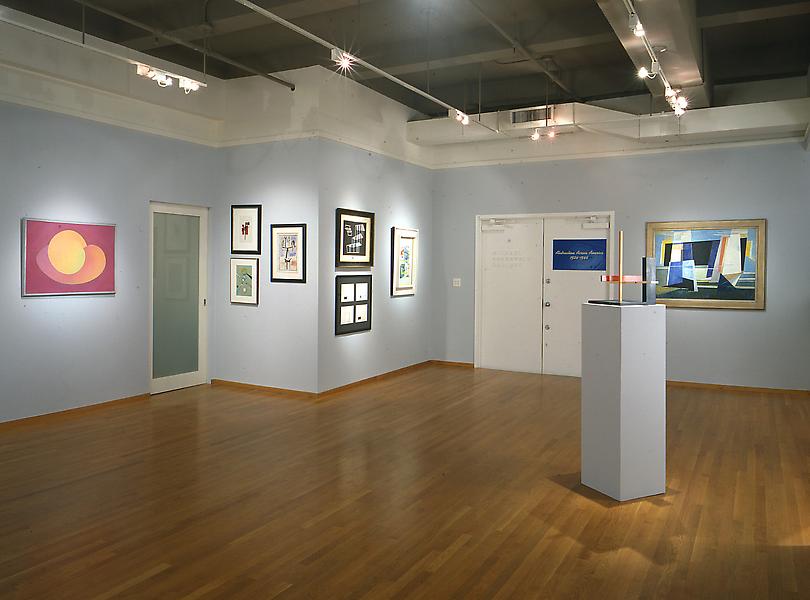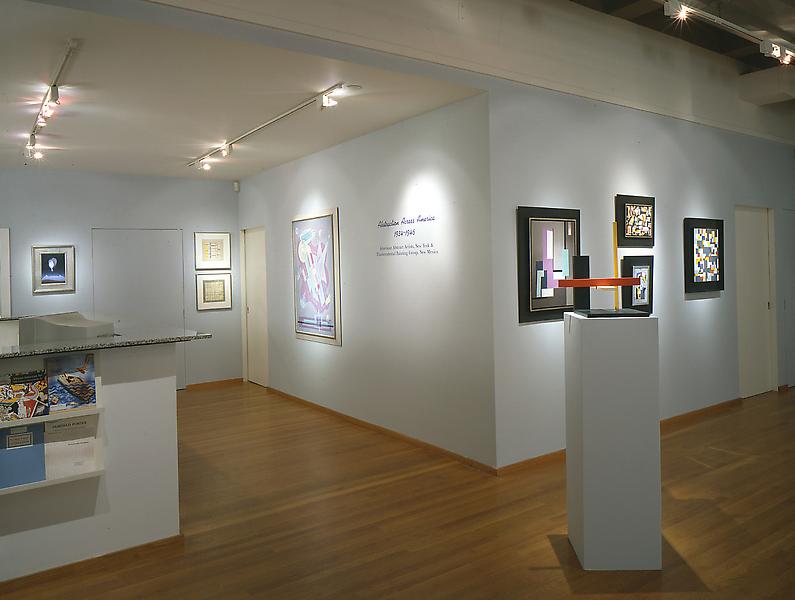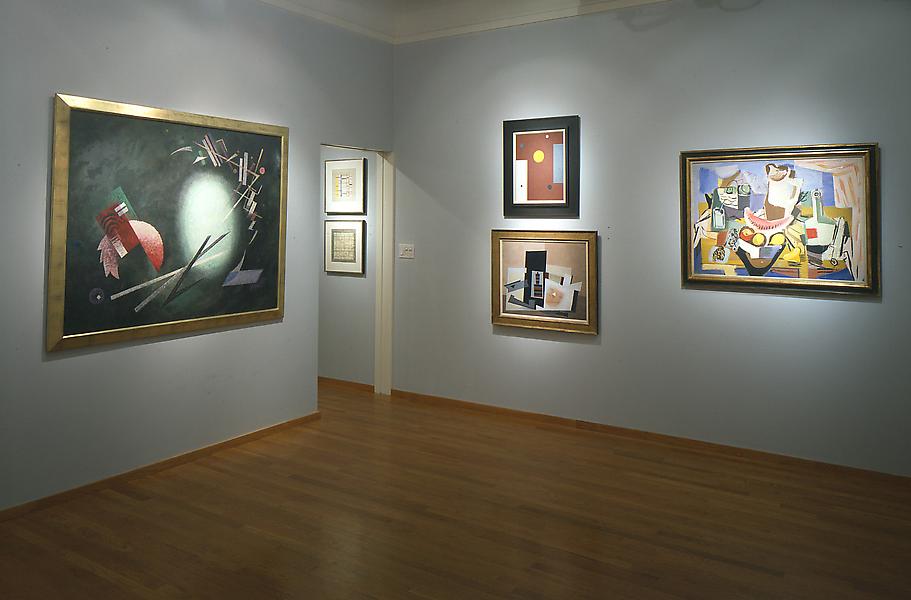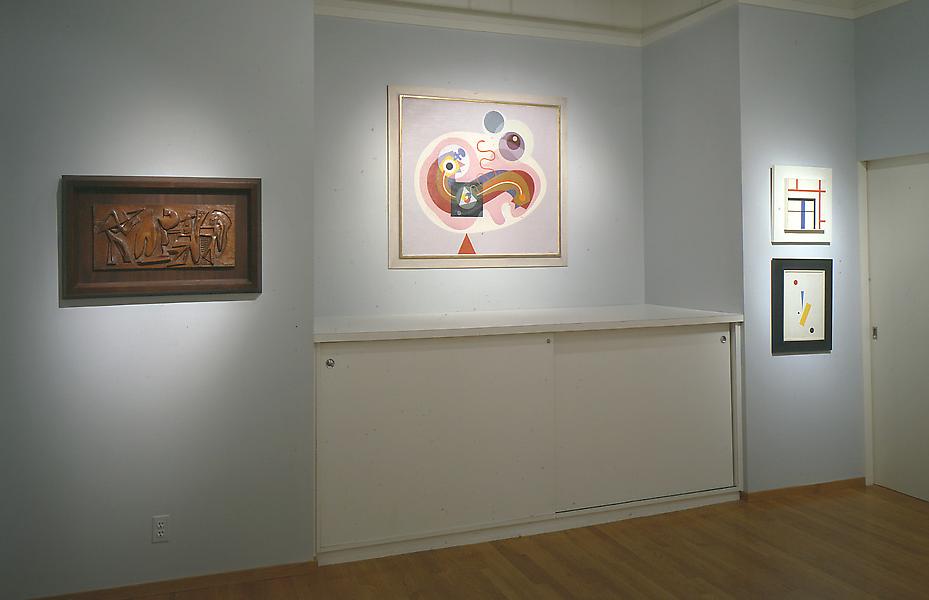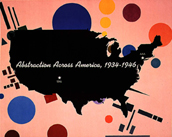Artists included in this exhibition: Josef Albers, Emil Bisttram, Byron Browne, Burgoyne Diller, Werner Drewes, Albert E. Gallatin, Ed Garman, Dwinell Grant, Balcomb Greene, Gertrude Greene, Hananiah Harari, Lawren Harris, Raymond Jonson, George L.K. Morris, Agnes Pelton, Irene Rice Pereira, Florence Miller Pierce, Rolph Scarlett, Louis Schanker, John Sennhauser, Charles Shaw, Stuart Walker, John von Wicht, Charmion von Wiegand, Vaclav Vytlacil, and Jean Xceron
Abstraction Across America, 1934-1946 explores two contemporaneous but geographically and philosophically distinct groups of early American modernists who laid the groundwork for abstract expressionism; the American Abstract Artists (AAA) and the Transcendental Painting Group (TPG).
In the United States, it is commonly believed that abstract art suddenly emerged in the late 1940s with the rise of abstract expressionism. However, numerous avant-garde American artists, like the members of the AAA and the TPG, began exploring non-objective art during the 1930s when artists like Mark Rothko, Clifford Still, Jackson Pollock, and Adolph Gottlieb were still rooted in realism.


